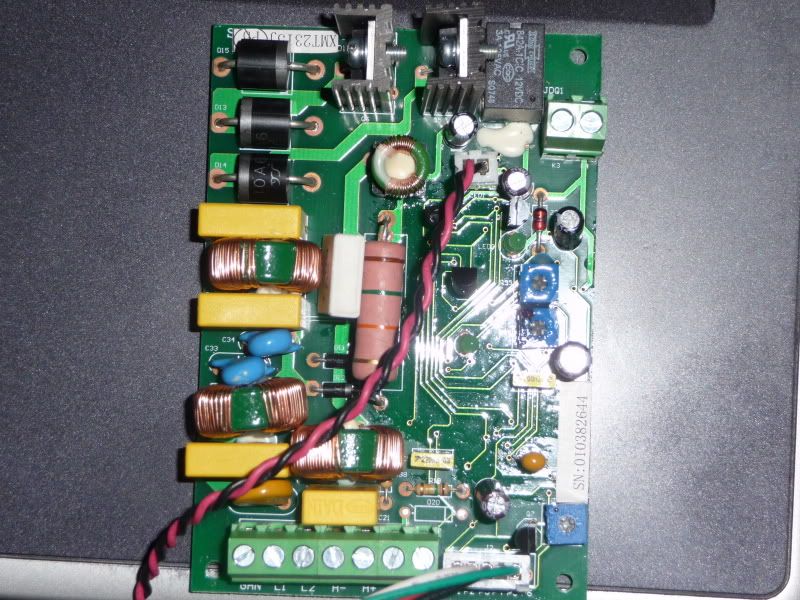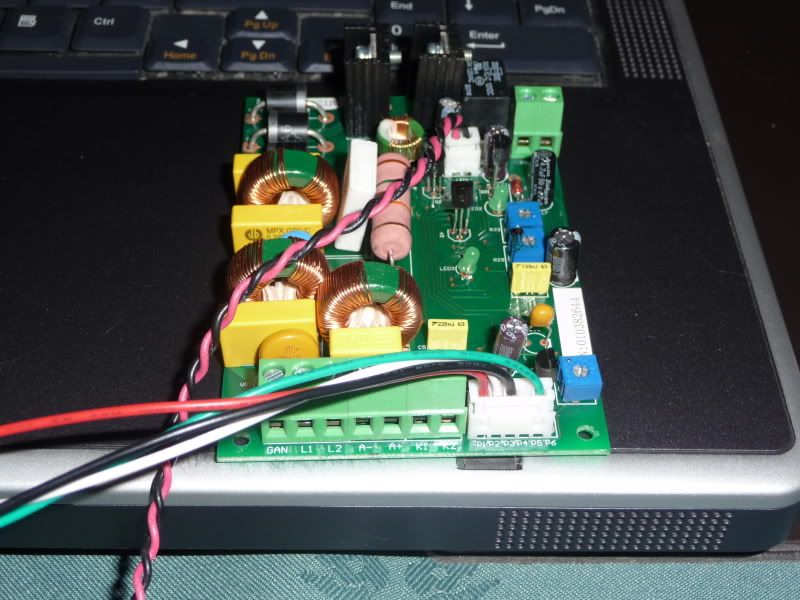DickDastardly40
Well-Known Member
- Joined
- Oct 23, 2007
- Messages
- 309
- Reaction score
- 0
Fellas,
Looking for some help puzzling out how to wire up a common or garden windscreen wiper motor to make a controllable usable power feed for my milling machine.
I have:
a motor
a 13.8V 7A power supply
a home made means to drive the feed screw from the motor
a variety of toggle switches to isolate power and reverse direction
an X3 power feed control board (bought on a whim and possibly 240V)
An enclosure to put any circuitry into
I believe I the X3 feed control board needs a 5.7K potentiometer to go with it, but if it is for 240V then it's probably no good to me and I'll offer it for sale.
I would appreciate it if I could be led through whichever other purchases are required and how I solder them together. Links to components at maplin.co.uk would be especially helpful.
I did try using this for a giggle but as I knew it probably would worked OK for a minute then let its smoke out: http://www.maplin.co.uk/Module.aspx?ModuleNo=30310
A lot to ask I know, but grateful for any assistance.
Al
Looking for some help puzzling out how to wire up a common or garden windscreen wiper motor to make a controllable usable power feed for my milling machine.
I have:
a motor
a 13.8V 7A power supply
a home made means to drive the feed screw from the motor
a variety of toggle switches to isolate power and reverse direction
an X3 power feed control board (bought on a whim and possibly 240V)
An enclosure to put any circuitry into
I believe I the X3 feed control board needs a 5.7K potentiometer to go with it, but if it is for 240V then it's probably no good to me and I'll offer it for sale.
I would appreciate it if I could be led through whichever other purchases are required and how I solder them together. Links to components at maplin.co.uk would be especially helpful.
I did try using this for a giggle but as I knew it probably would worked OK for a minute then let its smoke out: http://www.maplin.co.uk/Module.aspx?ModuleNo=30310
A lot to ask I know, but grateful for any assistance.
Al







